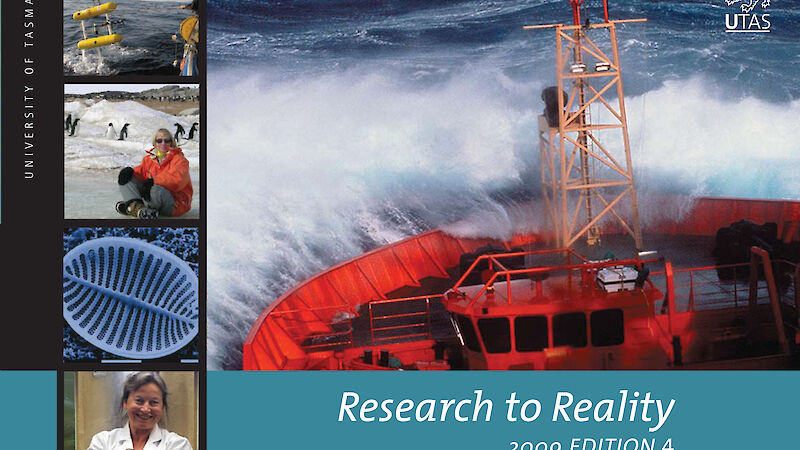The Australian Antarctic Division collaborates with and helps fund many scientists and research projects in other research agencies. The new Institute for Marine and Antarctic Studies (IMAS), established in January, brings together a number of these external collaborators.
Among them is University of Tasmania PhD student, Andrea Walters, who is working with Antarctic Division scientist, John van den Hoff, to analyse the chemicals in the whiskers of elephant seal pups. Chemical components in the seals’ diets are integrated into their whiskers as they grow, providing a ‘chemical time series’ or a history of what the seal has eaten.
Ms Walters has found that small lantern fish, which have light-emitting organs over their bodies, may be an important component of young seals’ diets, as their luminescence may make them easier to catch.
Another former collaborator, Professor Jo Laybourn-Parry and her team from the University of Tasmania, have been studying single-celled organisms (protozoa, algae and bacteria) in the saline and freshwater lakes of Antarctica’s Vestfold Hills, near Davis station, and in the McMurdo Dry Valleys. The team has found that these organisms have an important survival strategy called ‘mixotrophy’ or mixed nutrition — using both plant and animal-like methods for nutrition.
You can read more about these research projects and others being conducted through IMAS in Research to Reality: Edition 4 [PDF], published by the University of Tasmania.

